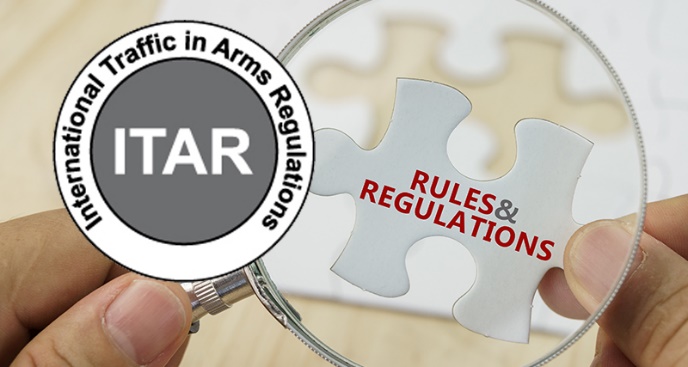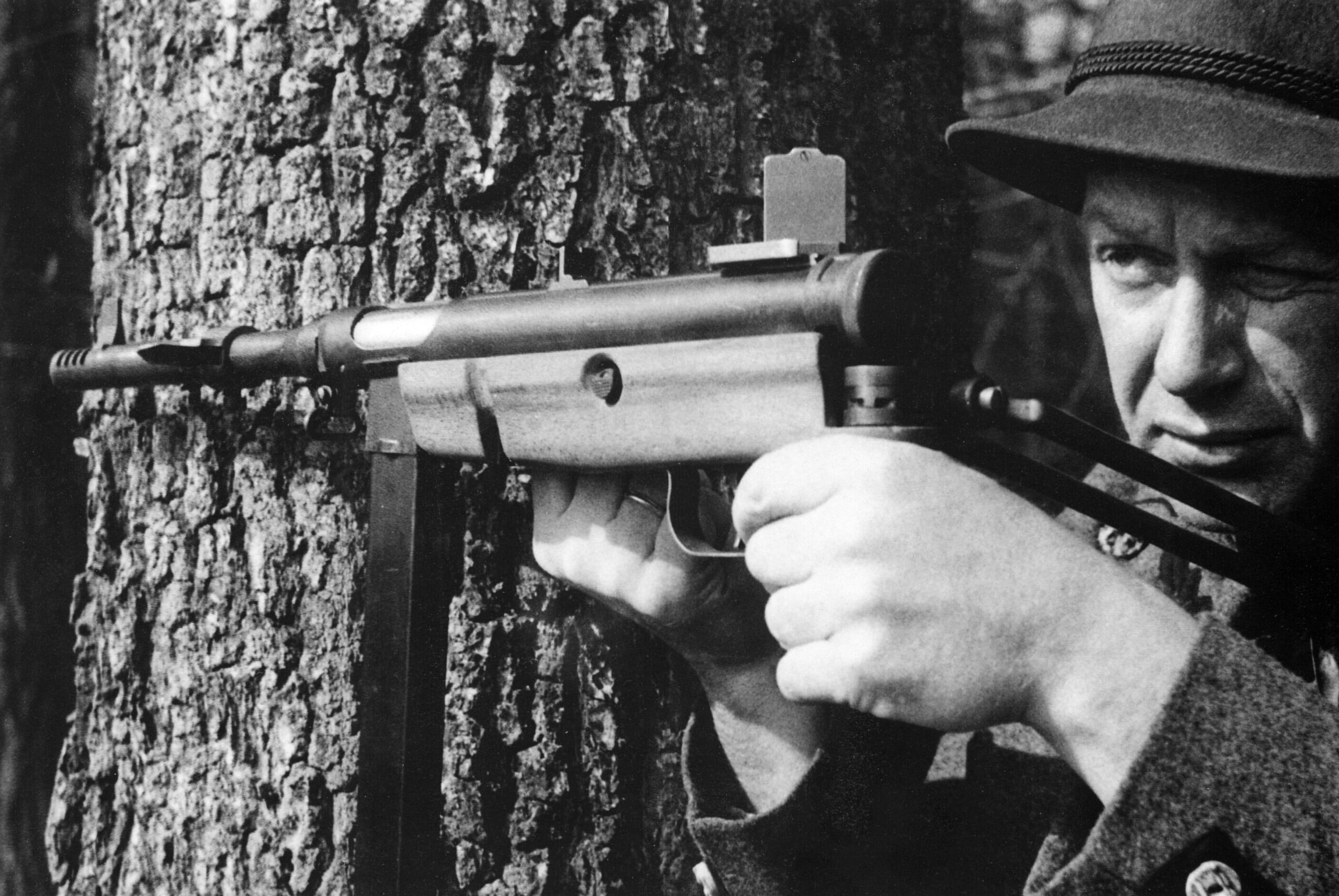By Jeff Folloder
Most readers of this column will have already reviewed many articles regarding the “move” of many firearms and firearms-related articles to the Commerce Department in terms of regulation and administration. This move was universally lauded for eliminating much of the cumbersome and expensive International Trafficking in Arms Regulations (ITAR), as administered by the U.S. Department of State (State Department / State). This migration was many years (decades) in the making and did, in fact, make life easier for many.

Unfortunately, the move did not make life easier for those who manufacture National Firearms Act (NFA) items such as suppressors and machine guns. Manufacturers of those items are still required to register with the State Department’s Directorate of Defense Trade Controls (DDTC), regardless of whether the manufactured items are destined for international commerce. Many manufacturers are aware of the onerous process of maintaining compliance under Department of State control. Fortunately, State has rolled out its new online system, the Defense Export Control and Compliance System (DECCS). DECCS will replace DTRA, DTrade, EFS, ELLIE and MARY, providing users access to a number of DDTC business applications through a single, cloud-based portal. Currently, the Registration, Licensing, Advisory Opinions and Commodity Jurisdictions applications are live in the DECCS Portal.
Many manufacturers of NFA items were grudgingly drawn into the regimented and confounding world of ITAR registration with the Department of State many years ago, and many NFA manufacturers chose to simply ignore the need for registration, despite the dire warnings regarding the consequences of such malfeasance. Frankly, State’s old system was cumbersome and overly complicated. One had to download approved electronic documents; electronically complete some portions of those documents; print out those documents; sign those documents; scan the now-signed documents; save and then submit those documents; and then head on down to your local bank to submit your onerous payment via ACH or wire (though State loved calling it “FedWire”), all the while, cross-referencing applications and payments with all sorts of arcane reference numbers. All that appears to be buried. Applying for a DECCS account is fairly straightforward at deccs.pmddtc.state.gov/deccs. It is also quite secure. Users will immediately notice that the system employs two-factor authentication for each login to the system. This can be done via a smart phone application or via an automated dialer service.
Once logged into the system, users can go directly to the registration programs via pull-down menus. The ITAR registration is significantly streamlined, and users are walked through each step of the process, including identification, documentation and certification. Of note is that documentation is more rigorous and includes items such as articles of incorporation. All of this can be done online and electronically. No printing and rescanning.
The best part? The base registration fee is currently, as of the time of the writing of this column, only $500 (as opposed to $2,250) and can be paid for with a credit card after the registration has been approved! No expensive trip to the bank to make the payment. The NFATCA has railed for ages against the onerous registration scheme employed by State for NFA manufacturers that do not export and have no intention of doing so. We have worked hand-in-hand with other organizations in the long process of reducing the impact of ITAR registration. The current process is a much appreciated first step in reducing the regulatory burden, but we still have a long way to go! We have been committed to assisting the NFA community for almost 15 years. Our goal is to help our community act responsibly and safely within the law. We work with legislators and regulators to expand NFA opportunities for everyone. We thank you for your continued support. Thank you and don’t forget to sign up or renew your membership today at nfatca.org/join.htm.
| This article first appeared in Small Arms Review V24N10 (December 2020) |











